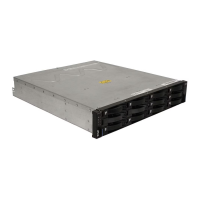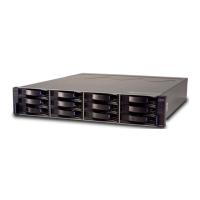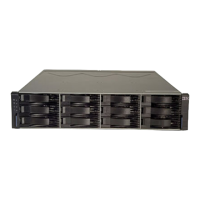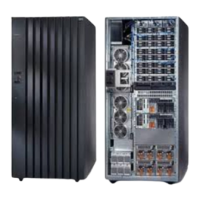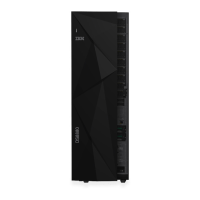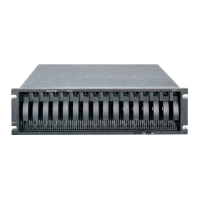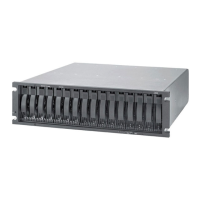Chapter 3. IBM System Storage DS3500 Storage System planning tasks 57
Draft Document for Review March 28, 2011 12:24 pm 7914DS3KPlanning_090710.fm
RAID Levels reliability considerations
At first glance, both RAID 3 and RAID 5 appear to provide good protection against drive
failure. With today’s high-reliability drives, it appears unlikely that a second drive in an array
will fail (causing data loss) before an initial failed drive can be replaced. But if you look at
RAID 6 and calculate the possibility of data loss, the chance to loose data is theoretically
much less than on RAID 3 and RAID 5.
However, field experience has shown that when a RAID 3 or RAID 5 array fails, it is not
usually due to two drives in the array experiencing complete failure. Instead, most failures are
caused by one drive going bad, and a single block somewhere else in the array that cannot be
read reliably.
This problem is exacerbated by using large arrays with RAID 5. This
stripe kill can lead to
data loss when the information to rebuild the stripe is not available. The end effect of this
issue will of course depend on the type of data and how sensitive it is to corruption. While
most storage subsystems (including the DS3500 storage subsystem) have mechanisms in
place to try to prevent this from happening, they cannot work 100% of the time.
Any selection of RAID type should take into account the cost of downtime. Simple
calculations tell us that RAID 3 and RAID 5 are going to suffer from failures more often than
RAID 10. (Exactly how often is subject to many variables and is beyond the scope of this
book.) The money saved by economizing on drives can be easily overwhelmed by the
business cost of a crucial application going down until it can be restored from backup.
No data protection method is 100% reliable, and even if RAID were faultless, it will not protect
your data from accidental corruption or deletion by program error or operator error. Therefore,
all crucial data should be backed up by the appropriate software, according to business
needs.
3.3.3 Array configuration
Before you can start using the physical disk space, you must configure it. You divide your
(physical) disk drives into arrays and create one or more logical drives inside each array.
In simple configurations, you can use all of your drive capacity with just one array and create
all of your logical drives in that particular array. However, the following drawbacks exist:
If you experience a (physical) drive failure, the rebuild process affects all logical drives,
and the overall system performance goes down.
Read/write operations to various logical drives are still being made to the same set of
physical hard drives.
6 Stripes blocks of data
and parity across an
array of drives and
calculates two sets of
parity information for
each block of data.
IOPS
Mbps
Good for multi-user
environments, such as
database or file system
storage, where typical
I/O size is small, and in
situations where
additional fault
tolerance is required.
This is the most reliable
RAID level on the
DS5000 storage
subsystem
Slower in writing data,
complex RAID
controller
architecture.
RAID Description Application Advantage Disadvantage

